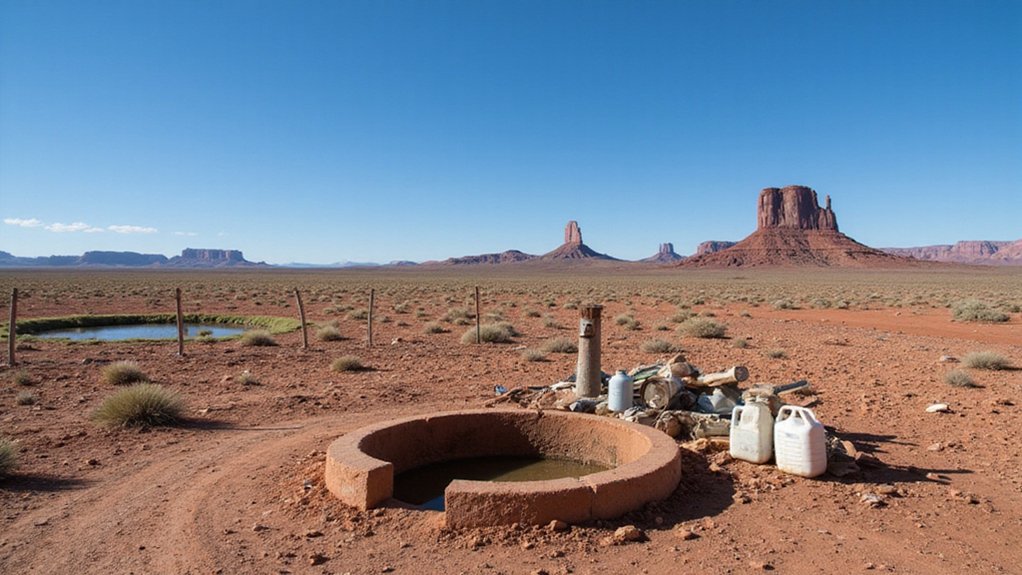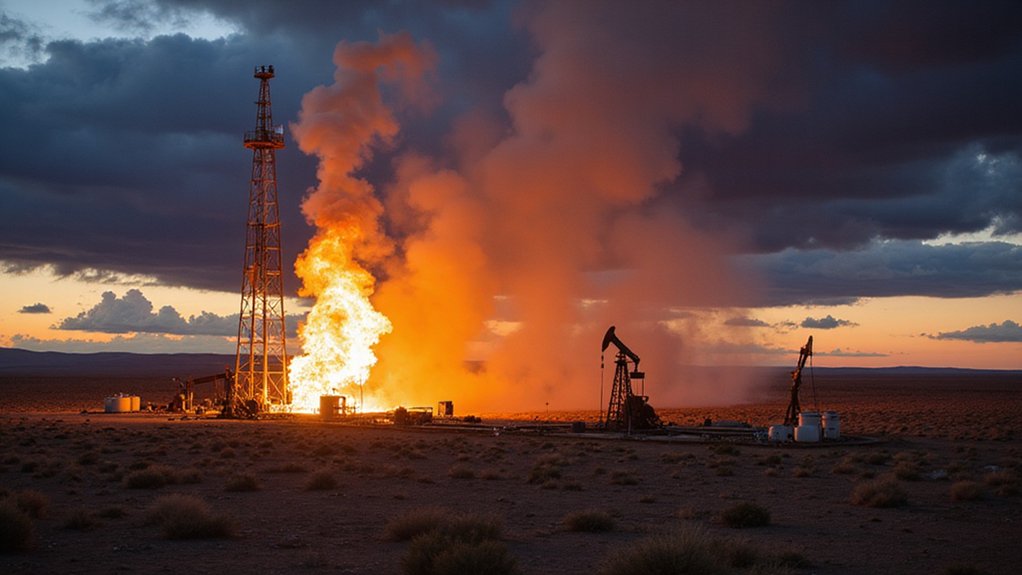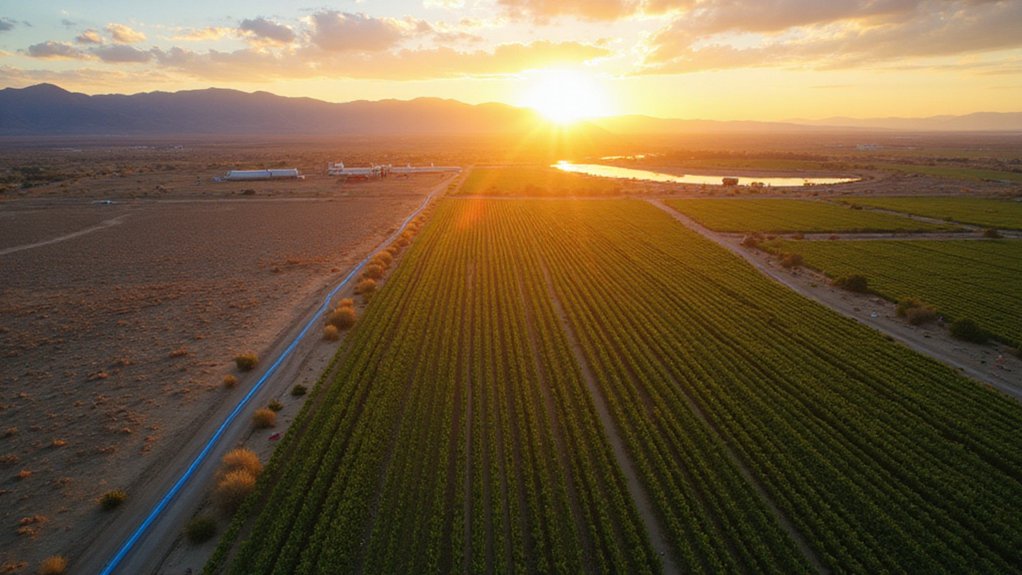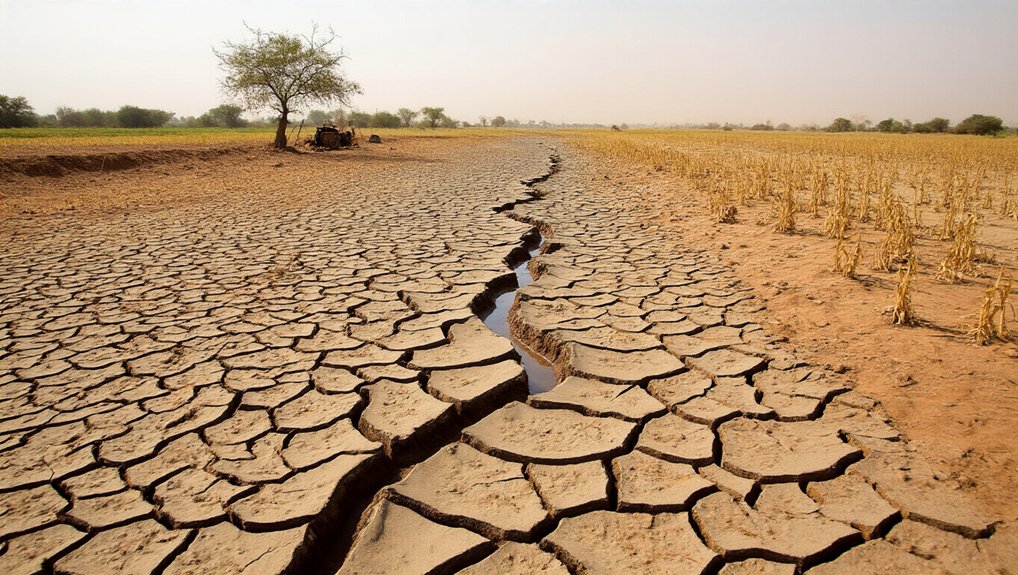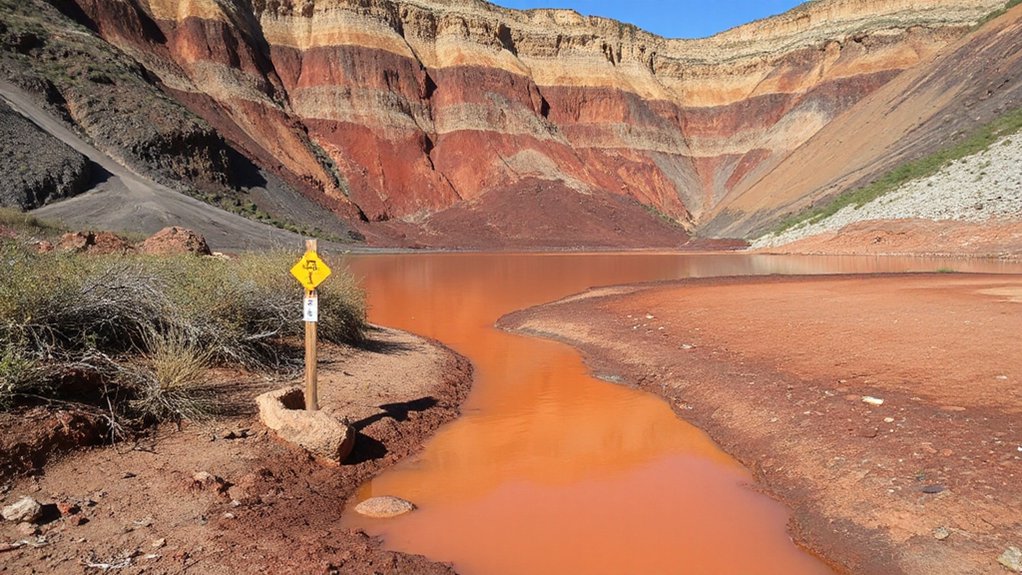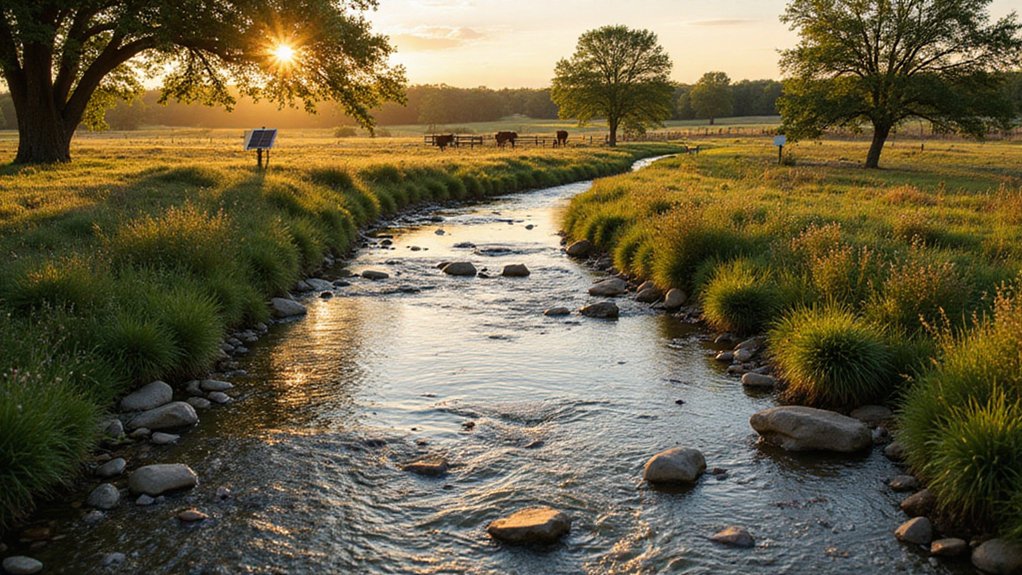While most Americans take a quick shower or fill a glass straight from the tap without a second thought, nearly 40% of Navajo Nation homes lack access to running water altogether. The stark reality? Forty-one percent of households haul water, with many using less than 4 gallons per person daily—barely enough to survive. Yeah, that’s survival in America, 2025.
The drought emergency declared in May has only intensified this decades-old problem. Precipitation levels remain stubbornly below average, triggering emergency responses in neighboring states. Meanwhile, Navajo families watch helplessly as stock ponds diminish and windmills degrade. Livestock owners face impossible choices: reduce herds or watch them suffer.
Desperate for solutions, many families have taken matters into their own hands. Unregulated, self-built wells now dot the 27,000-square-mile terrain. Nobody tracks them. Nobody tests them. Nobody knows if they’re safe. But when you’re thirsty, you drink.
When survival trumps safety, you dig where you stand. Unregulated wells become the desperate answer to government neglect.
The alternatives aren’t great either. Seventy-two percent of Fort Defiance households—even those with piped access—rely on bottled water due to distrust in water quality. Others fill containers at gas stations or distant community taps. The burden falls disproportionately on elders, with 60% of primary water haulers over age 55. Imagine your grandmother lugging water jugs across rough terrain daily.
These conditions breed predictable health consequences. Without adequate water, basic hygiene suffers. Cooking becomes complicated. Agriculture withers. The recommended minimum of 13 gallons per person daily remains a fantasy for most hauling households. The dedicated DHWW Team traveled over 200,000 miles on unpaved roads to document these hardships.
Bureaucracy compounds the problem. Even when water networks exist nearby, red tape prevents connections. Communities like Westwater had to navigate jurisdictional complexities for 14 years before their water project could be completed. The psychological toll is immense—constant stress about tomorrow’s water needs.
For a nation built on indigenous land, this situation is more than ironic—it’s shameful. While urban Americans debate premium water filters, Navajo residents simply want what most take for granted: safe, accessible water. Basic human necessity, not exactly a radical request.
References
- https://opvp.navajo-nsn.gov/declaration-of-drought-emergency-may-30-2025/
- https://cih.jhu.edu/water-is-life/
- https://www.ksut.org/health-science/2025-03-26/a-navajo-nation-community-has-running-water-after-waiting-nearly-25-years
- https://www.kuer.org/science-environment/2025-03-18/report-highlights-how-navajo-nation-and-others-can-build-resilient-water-systems
- https://www.drought.gov/drought-status-updates/water-year-2025-snow-drought-current-conditions-summary-and-impacts-west
